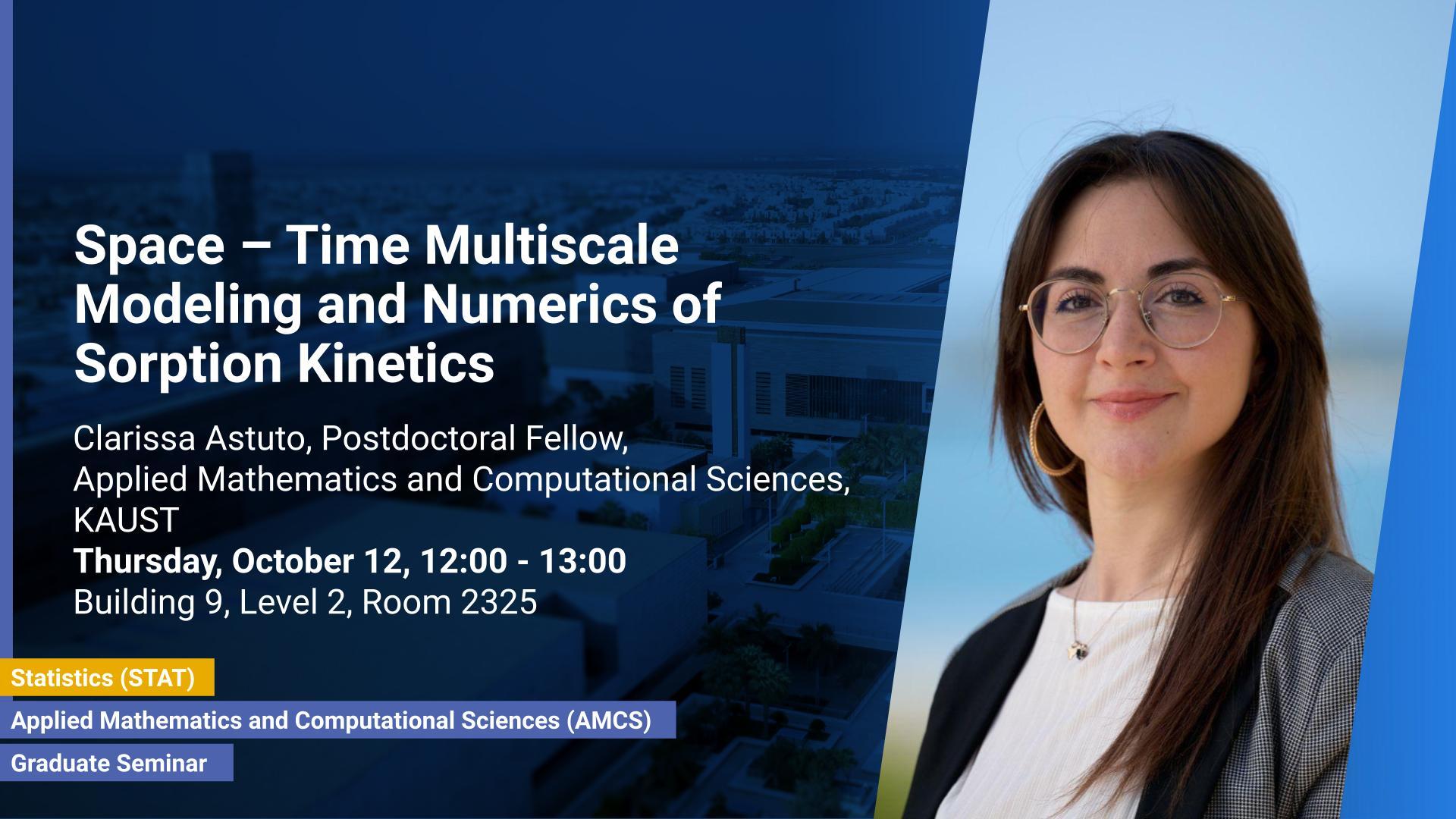Abstract
In this talk we propose and validate a Space Multiscale model for the description of particle diffusion in the presence of trapping boundaries. We start from a drift diffusion equation in which the drift term describes the effect of bubble traps, and it is simulated by the Lennard–Jones potential. In our model, the effect of the potential is replaced by a suitable boundary condition derived by mass conservation and asymptotic analysis. The potential is assumed to have a range of small size, ε, and an asymptotic expansion is considered to obtain the boundary conditions, by retaining the lowest order terms in the expansion. The validity of the model is carefully checked with several tests in 1D, 2D, 3D and different geometries. In the second part of the talk, we propose a method for the numerical solution of the above mentioned Space Multiscale model that is based on a finite–difference scheme on a uniform Cartesian grid and implemented in 2D and 3D axisymmetric domains. We use a level–set function to define the region occupied by the bubble, while the boundary conditions are discretized by a ghost–point technique to guarantee second order accuracy at the curved boundary. Several accuracy tests are provided to prove second order accuracy in space and time. In the third part of the talk, we show that the fluid dynamics generated by the oscillating bubble are governed by the Stokes equations solved with a second order accurate method based on a monolithic approach, where the momentum and continuity equations are solved simultaneously. Finally, we propose a numerical method to solve the Time Multiscale model, coming from an advection– diffusion equation, in the highly oscillatory regime, in which the velocity is a δ–periodic function (δ ∈ (0, 1)). We use an efficient and robust integrator which leads to an accurate approximation of the solution without any time step–size restriction. Uniform first and second order numerical approximations in time are obtained with errors, and at a cost, that are independent of the oscillation frequency.
Brief Biography
Clarissa Astuto is a Postdoctoral Research Fellow at AMCS at King Abdullah University of Science and Technology (KAUST), working with Professor Daniele Boffi. Clarissa is a Ph.D. in Applied Mathematics from University of Catania (Italy). She completed the Ph.D. dissertation on Multiscale modeling and numerics under the supervision of Prof. Giovanni Russo. Her main research interest is the numerical resolution of PDEs with applications in biology, such as biological network formation of leafs and sorption kinetics of cell–membranes.
